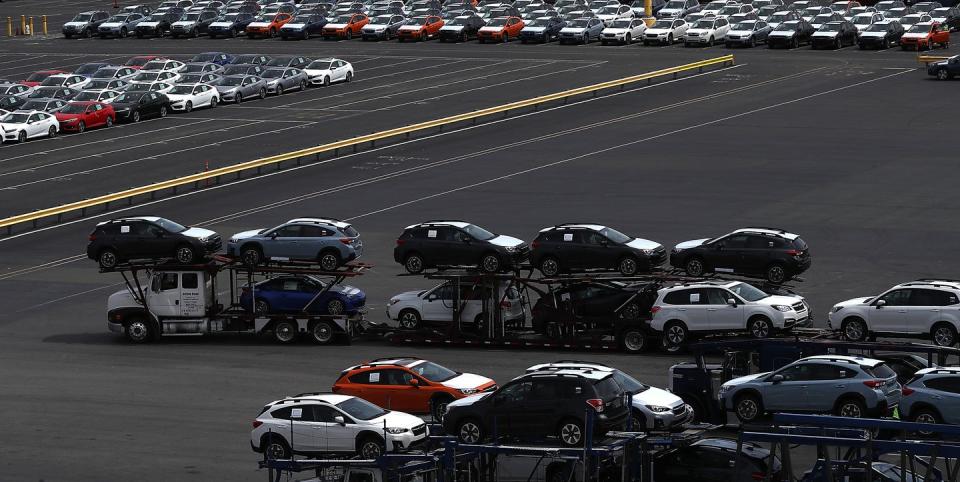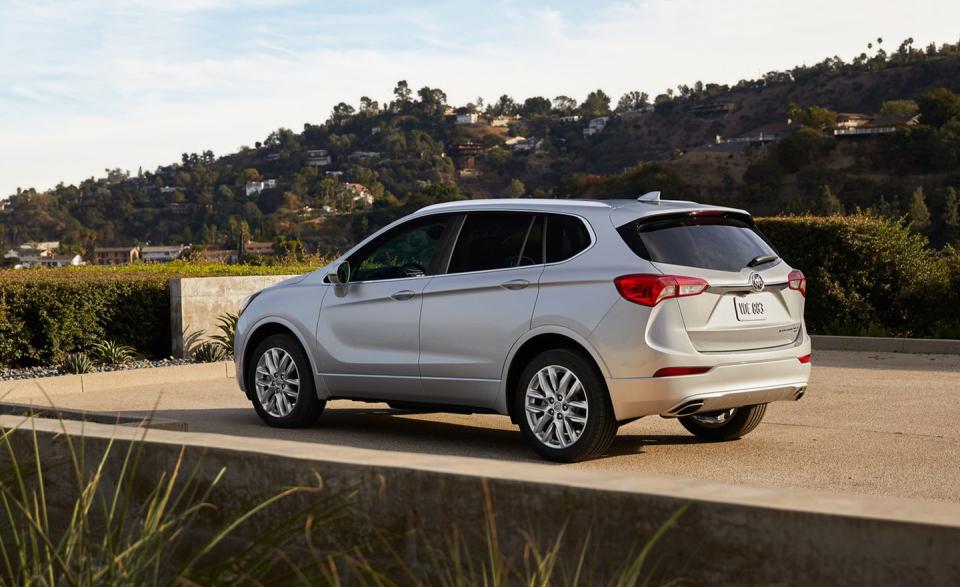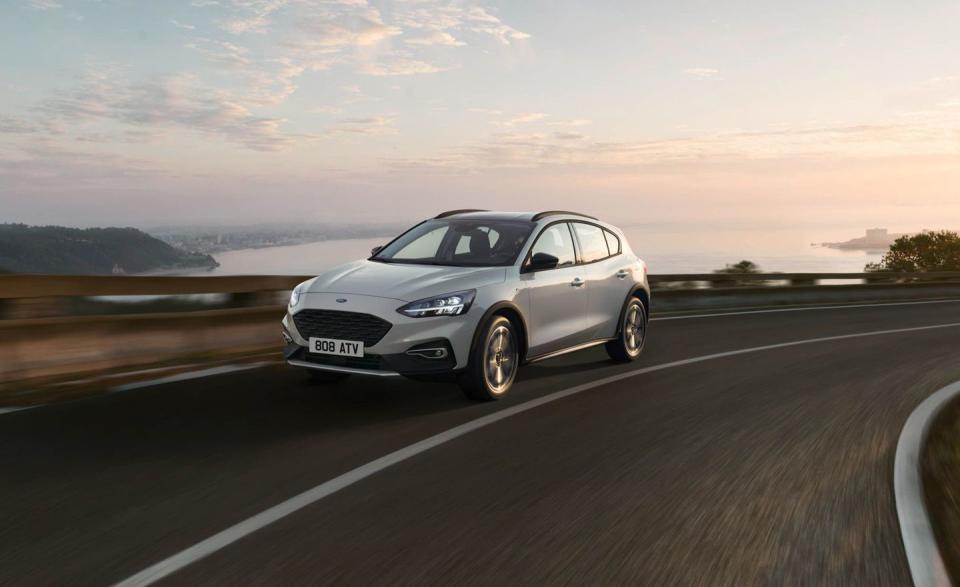Trump, Trade, and U.S.-China Automotive Tariffs: A Comprehensive Timeline

China has agreed to reduce tariffs on U.S.-built cars, according to Reuters, as trade talks continue between the two countries. This and other news outlets reported today that trade representatives of the United States and China discussed the reduction during a phone conference. The country's leadership has not yet confirmed that this is the case, and further details on the reported deal with U.S. president Donald Trump's administration are yet to come.
As shown in our timeline below, the U.S.-China automotive landscape has been peppered with threats, claims and counterclaims, and misunderstandings since earlier this year:
March 8, 2018
President Trump signs an order to impose tariffs of 10 percent on imported aluminum and 25 percent on imported steel under Section 232 of the Trade Expansion Act of 1962.
March 23
Section 232 tariffs go into effect, with temporary exemptions made for Argentina, Australia, Brazil, Canada, Mexico, South Korea, and the EU.
President Xi of China, and I, are working together to give massive Chinese phone company, ZTE, a way to get back into business, fast. Too many jobs in China lost. Commerce Department has been instructed to get it done!
- Donald J. Trump (@realDonaldTrump) May 13, 2018
May 23
Trump tells the Commerce Department to investigate whether imported autos pose a threat to national security, a move that could potentially lead to a 25 percent tariff on such vehicles.
May 31
Trump revokes the tariff exemptions for the EU, Canada, and Mexico in order to push those parties to the negotiating table for trade talks. The next day, quotas are instated on steel from Brazil and South Korea and on aluminum and steel from Argentina.

June 15
Trump announces 25 percent tariffs on $50 billion worth of Chinese imports, including China-built cars such as the Buick Envision. China retaliates with its own tariffs on $34 billion of American exports.
June 18
Trump threatens tariffs on another $200 billion worth of Chinese imports, and potentially more, in an escalating trade spat.
June 22
The EU imposes tariffs on $3.2 billion in U.S. products, including motorcycles and peanut butter. Three days later, Harley Davidson announces plans to move some production outside the U.S. to avoid the tariffs.
July 27
Trump meets with European Commission president Jean-Claude Juncker at the White House to discuss a zero-tariff policy for industrial goods. Cars are excluded from the talks.
July 30
GM requests an exemption to the 25 percent tariff for the Envision.
August 31

Ford announces that it has scrapped plans to import the Focus Active from China due to import tariffs.
September 14
Volvo follows GM's lead and seeks an exemption for its XC60. (Both petitions are still pending.)
September 17
Trump makes good on his threat to tax $200 billion worth of Chinese goods. China again retaliates.
September 30
Leaders of the U.S., Canada, and Mexico agree to USMCA, which is poised to replace NAFTA pending approval by each country's legislature. To qualify for duty-free trade under the new plan, by 2023, a new vehicle must have 75 percent of its parts made in North America (with exceptions for certain EV batteries). Another rule requires that 70 percent of steel and aluminum be purchased in North America.
Late last night, our deadline, we reached a wonderful new Trade Deal with Canada, to be added into the deal already reached with Mexico. The new name will be The United States Mexico Canada Agreement, or USMCA. It is a great deal for all three countries, solves the many......
- Donald J. Trump (@realDonaldTrump) October 1, 2018
October 31
GM announces that it will offer buyouts to 18,000 employees. The company had previously warned that higher steel and aluminum prices could force layoffs.
November 5
Chinese president Xi Jinping states during a speech in Shanghai that “inclusive growth for all is surely the right way forward” and says the country intends to cut import tariffs to make it easier for other countries to sell their products in China.
November 27
Speaking to the Wall Street Journal, Donald Trump says it’s “highly unlikely” that the U.S. will respond to friendly overtures from China on trade by delaying or canceling an increase in tariffs against the country. The president had stated that the U.S. would be increasing tariffs to 25 percent.
('You Might Also Like',)

 Yahoo Autos
Yahoo Autos 